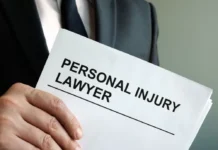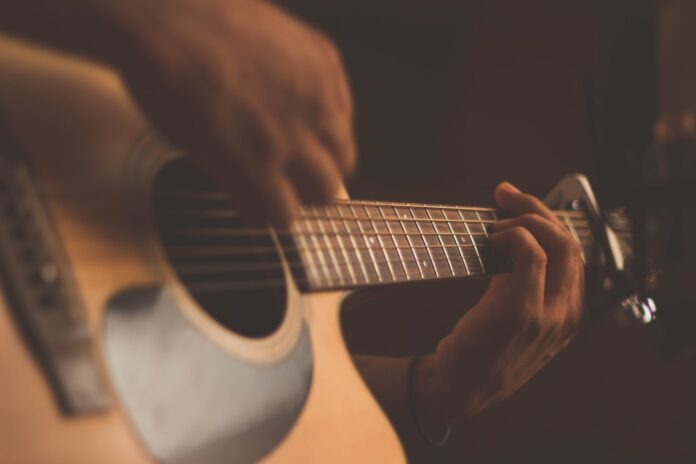
Learning a new skill, no matter how easy or hard it is generally taught to be, requires a great amount of hard work, dedication, and practice. This is especially true when learning how to play a new instrument is concerned. And what better musical instrument to learn at the start of your journey than the guitar.
The guitar is perhaps the most popular and common instrument in the world. Millions play it as a part of their line of work in the music industry, while tens of millions more know how to play and do it regularly for their friends, family, or just for their own pleasure.
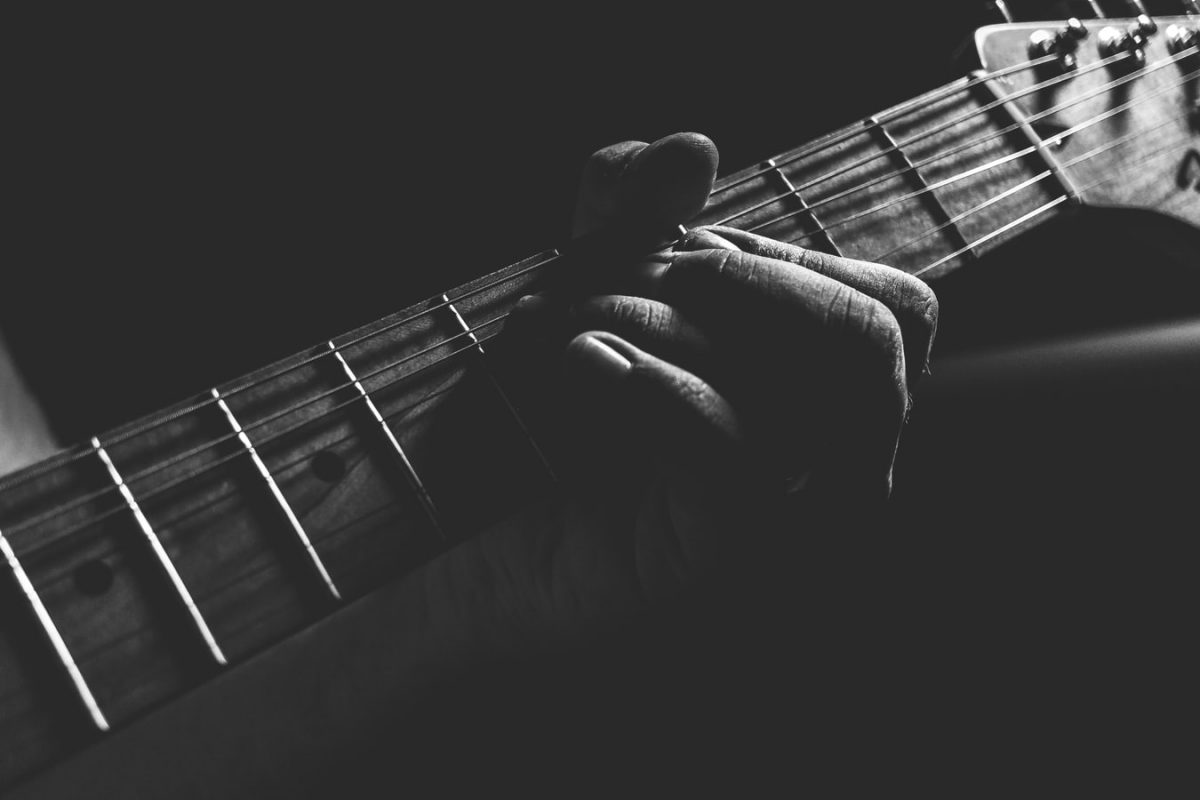
What most of them have in common is the fact that they successfully overcame the tough ordeal that is learning how to play it. Devotion and perseverance are key but there is so much more to it. In this article, you will learn all the right things you need to be able to learn how to play the guitar. Make sure to visit All Stringed to find out more about the instrument and familiarize yourself with some neat tricks.
Overview
First of all, it is worth mentioning that you can learn how to play the guitar in around 60 days with the proper work ethic and practice. Many who have attempted to even hold the guitar believe it is not for them, only to realize that it is not nearly as hard as they believed it to be. It can be frustrating especially if you do not get along with the expensive instructor. Therefore, more and more people are starting to learn the instrument on their own.
Buying your First Guitar
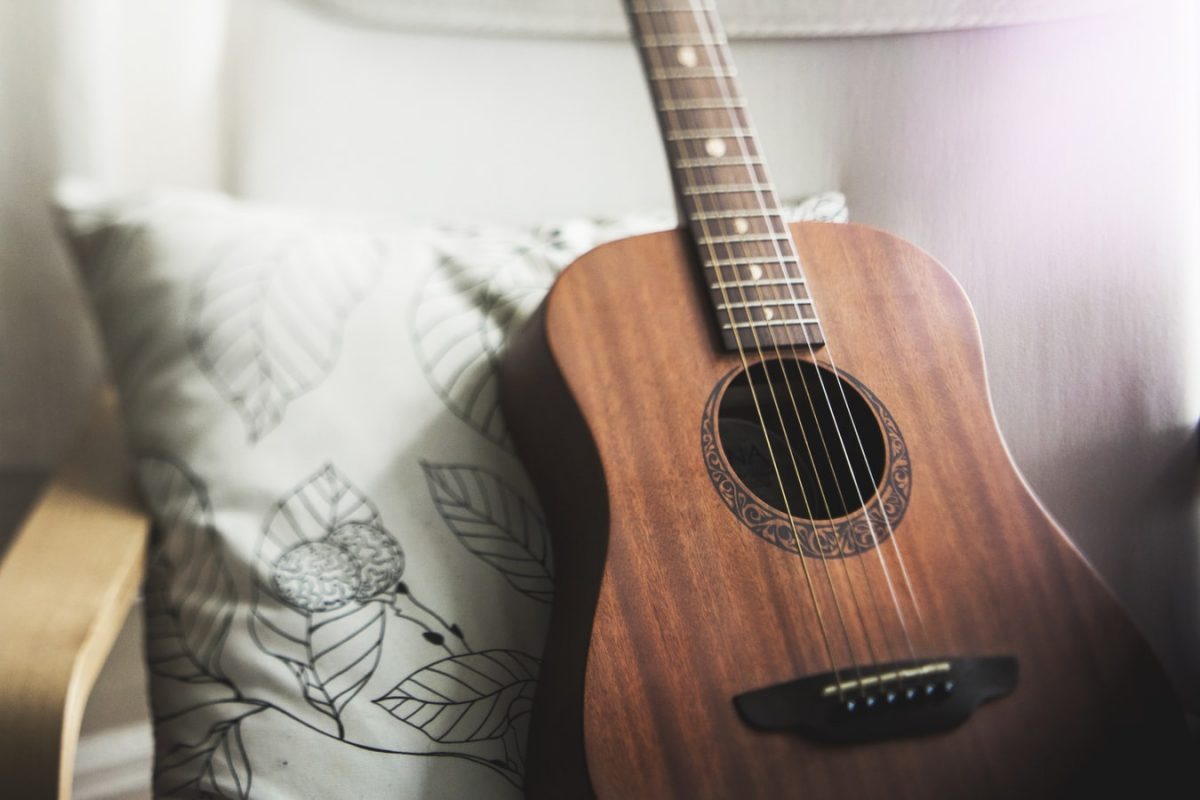
In order to practice, you need a guitar of your own. Therefore, you must purchase one. This is not as easy as it sounds since there are a lot of things to consider. Price being the obvious factor, you must also pay attention to the style, the condition of the guitar, as well as your size and age. Finally, you will want to get it from a reliable source.
Since you are a beginner, avoid second-hand guitars at garage sales, flea markets, and pawnshops, unless you have someone to take with you who is knowledgeable. Choose instead your local music retail shop. Top guitars there can cost anywhere from $300 to $500, but again, since you are just learning for the first time, you can comfortably explore those within the $100 to $200 range. Bundles with guitar accessories for beginners are another great option.
Regarding your preference, you can either get an electric, an acoustic, or a classical guitar. Most newbies go with the acoustic guitar to start since they are simple and need next to no extra equipment. Classical ones are wider and tougher to hold, while electric guitars need amplifiers that cost extra.
Now that you have your first guitar in hands, it is time to get the hang of it and familiarize yourself with the best way to hold it. Also, you have to learn what each thing does so make sure to do some research and play with it a bit.
Playing the Chords
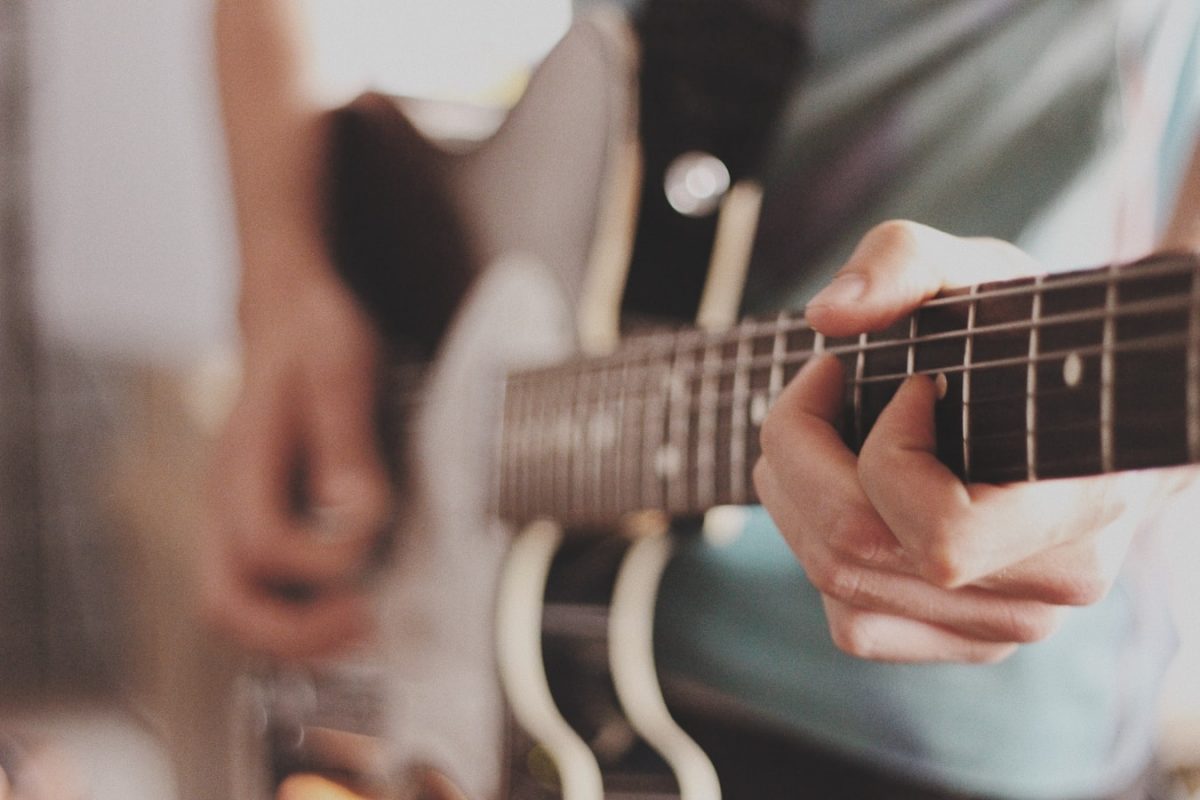
It is finally time to start practicing. To be able to play along with your favorite songs, you will absolutely have to learn the chords. This is hard to explain simply in text and it may sound too complicated, but believe us, it will help you to know it in theory.
For the D chord, place your index finger on the third string at the second fret. Put your middle finger on the first string, second fret. Finally, put your ring finger on the second string, third fret. The fourth string stays open. Strum the bottom four strings and pay close attention to the sound you are getting. Now you are playing the D Chord!
For the C, place the index on the second string, first fret. Put the middle finger on the fourth string, second fret. Lastly, your ring finger should be on the fifth string and third fret. The first and second strings are left open. You will get the sound by strumming the bottom five strings.
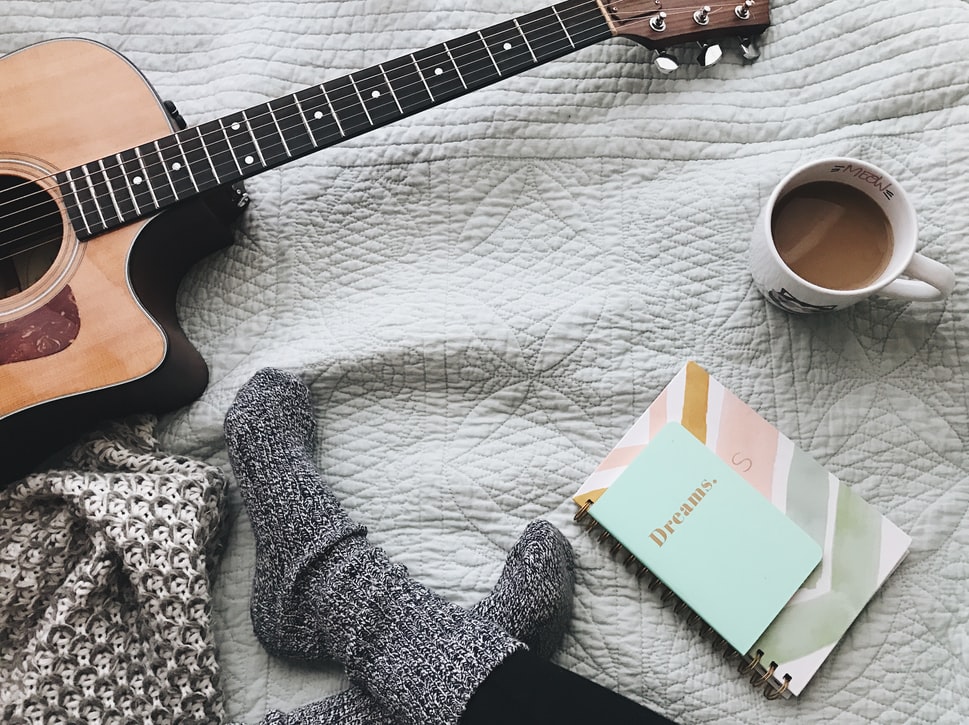
Next is the G chord, in which your middle finger sits on the fifth string, second fret, while your ring finger is on the sixth string, third fret. Finally, the pinky is on the first string, third fret. You will want to leave the second, third, and fourth strings open and strum all the strings to get the sound. That is all!
Finally, we have the E-minor chord. It only requires two fingers on the strings. The middle finger should be placed on the fifth string, second fret, while the ring finger goes on the fourth string, second fret. Strings number one, two, three, and six should be open. Strum all the strings and you will be playing music in E-minor.
Practicing makes perfect as with everything else, and do not worry about the common myths and misconceptions. Nobody is too old to learn the guitar, nor are you so busy that you cannot squeeze in a quick session couple of times per week.
Caring and Tuning the Guitar
Similarly to learning how to play it, you have to know how to properly clean the guitar and how to tune it. To clean the strings and the neck, the best thing to use is a microfiber cleaning cloth. Simply wipe them after each session to clean the grime and prolong their life. Over time, the stings will require more and more tuning as the guitar starts showing signs of wear and tear. Once you have to change the strings, make sure to use the opportunity, and clean the fretboard completely. Fretboard oils exist, and you can use steel wool in circular motions to clean it. Therefore, for daily cleaning, all you need is a soft and clean microfiber cloth.
Tuning-wise, you should know that it involves adjusting the six strings. Standard tuning starts from the thickest and the lowest sixth string and goes, E-A-D-G-B-E. The last is the high E, the thinnest, and highest-pitched string known as the first. Fall out in tune happens due to changes in temperature and environment, as well as from regular or increased playing. As a starter, it is best to use an electric tuner that will tell you what the right sound for each string is. This is one of the most useful guitar accessories and it costs between $20 and $30.
All that is left for you now is to apply this knowledge and start practicing those chords. We promise it will take you way less than you believed. The neighbors are sure to start complaining in no time!


